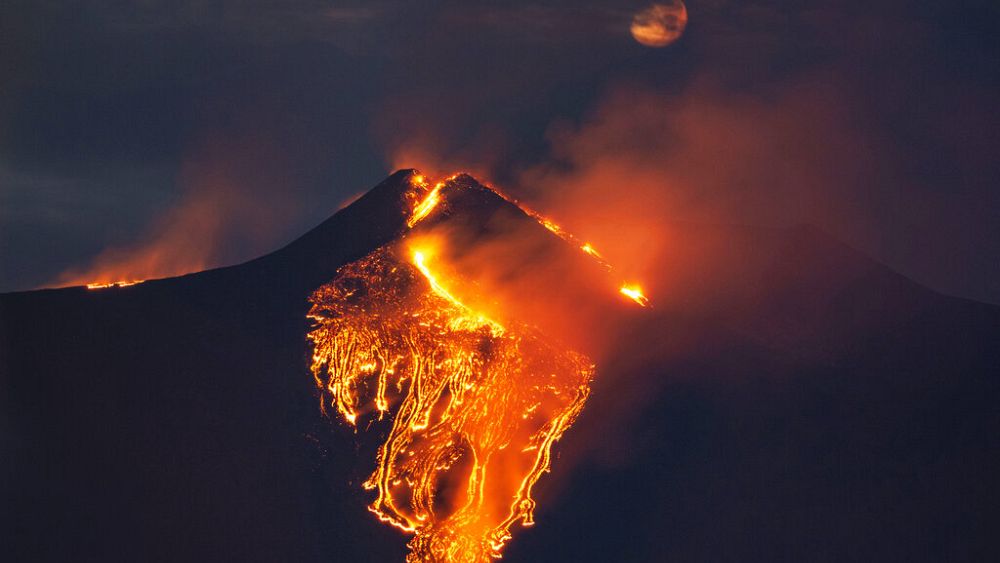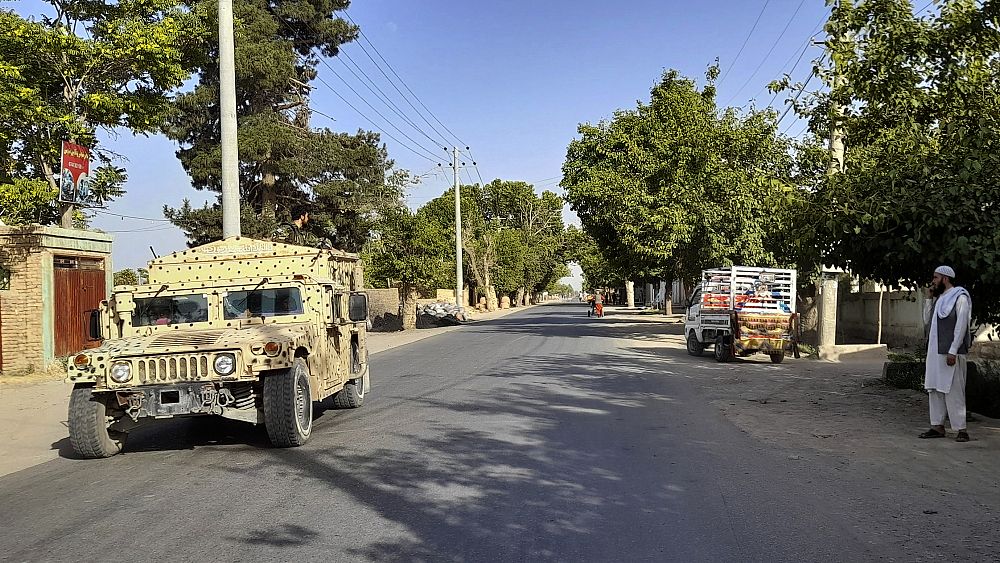Europe’s most active volcano, Mount Etna, is putting on a show that even expert volcanologists are in awe of.
The volcano, which lies on the east of the Italian island of Sicily, has been lighting up the night sky for the past week with spectacular eruptions of lava, ash and volcanic rock.
While there have been no reports of damage or injuries, the nearby airport in Catania was temporarily closed, while residents in the nearby town of Pedara said last week it appeared to be raining rocks, as a thick blanket of ash covered the town.
The latest eruption overnight petered out by around 10 am CET on Tuesday, according to Italy’s National Institute for Geophysics and Volcanology.
The eruptions are being followed by volcanologist Boris Behncke, from the national institute’s Etna observation centre.
Writing on the institute’s website this week, he said that after “gifting us moments of suspense” over the previous nights, Etna finally erupted in a way “those of us who have worked in this for decades have rarely seen.”
The observation centre will be studying the rocks thrown up by the explosions, which it says can give important information on what formed them.
Referring to the activity overnight, Behncke tweeted on Tuesday: “Did I call the 20-21 February paroxysm of #Etna ‘incredibly powerful’? Well, its successor, in the night of 22-23 February, was MUCH more powerful.”







